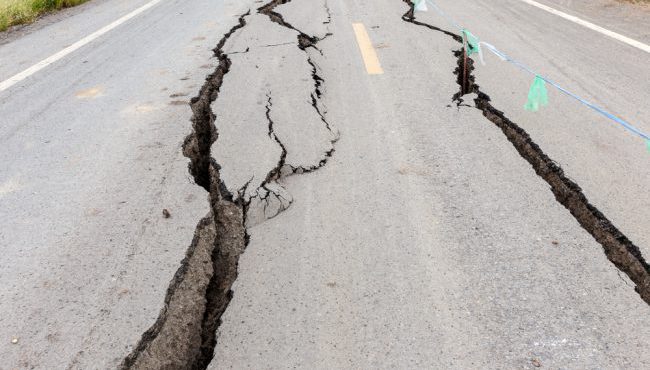
Mineral, Virginia, is a tiny town even most Virginians had never heard of until 2011, when it was at the epicenter of a 5.8 magnitude earthquake that rattled Washington, D.C., which caused $300 million worth of damage, and was felt across the Eastern Seaboard. It wasn’t the Ecuadorian disaster by any yardstick, but it rattled a lot of people who thought that this particular natural disaster wasn’t something they had to deal with. And the South should brace itself, because according to new research, what Mineral went through is just the start.
Researchers at the University of North Carolina, Chapel Hill found the earthquake even more baffling than most. Seismic activity is so rare east of the Rockies, the last earthquake of genuine note in Virginia happened in 1897. That’s due to the fact that Virginia is squarely on the North American tectonic plate. As you might remember, earthquakes are generally caused by tectonic plates moving against or alongside each other.
So what happened? The research team began using seismic waves as a sort of ultrasound to image the Earth, and found that pieces on the underside of the plate are peeling off and sinking deeper into the Earth. In turn, that’s weakening the North American plate, making it more likely to rupture. The kicker? This appears to be a process that has been happening for millions of years, and it’s likely to continue.
The good news if you live in the South is that you won’t have to worry about the Big One for a while. Being on a plate, even a thinning one, still offers less chance of earthquakes than, say, moving to LA and enjoying the force of the Earth shortening the trip to San Francisco by an inch every decade or so. But Mineral is a warning, and it’s one we’d be wise to heed.
(Via UNC Chapel Hill)






